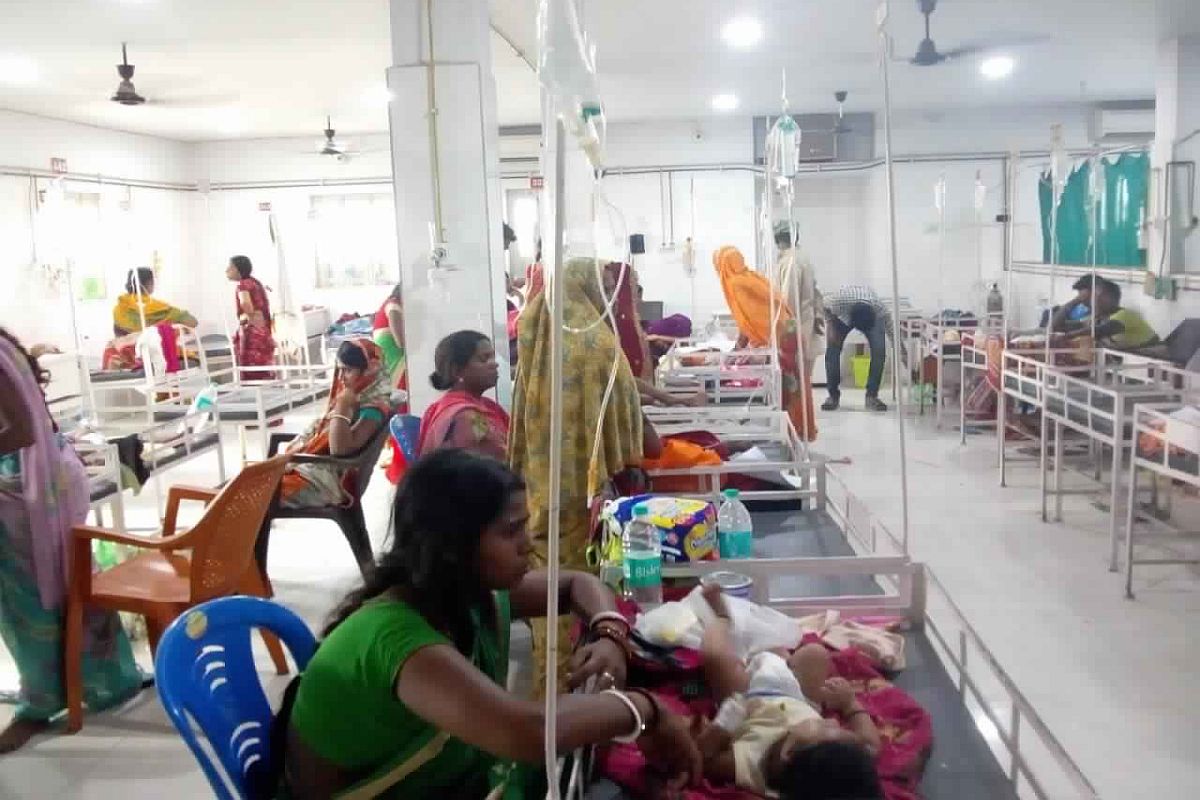Heritage bookstore in College St set to open new outlet
Dasgupta, the well-known heritage bookstore in the city, is going to open its outlet in south Kolkata on 1 May.
Small wonder that the AES mortality rate has been 25 per cent this year, against the normal average of between 6 and 19 per cent.

(File Photo: IANS)
The adult has failed the child in a state where childcare has been less than zero. It is more than a mere coincidence that the sick parade stretches from Bengal to Bihar, in itself a reflection of the appalling Human Development Index. After a settlement of sorts was concluded in the first named, an awesome rate of mortality dominates the public health narrative in the second. So awesome indeed that both the Centre and the administration in Patna are desperately trying to grapple with the deaths of no fewer than 116 children in Muzaffarpur district on account of acute encephalitis syndrome (AES), with many more feared to be affected in the nearby districts. So high a rate of child mortality is a faint echo of conditions in SubSaharan Africa. But this is India where 500 doctors can resign on a single day and heathcare be suspended for seven days. The differences within the medical fraternity and civil society over the consumption of the delectable litchis ~ as often as not on empty stomachs ~ has made confusion worse confounded, and in a chronically malnourished swathe of Bihar. If the Union health ministry’s Health Management Information System (HMIS) report is any indication, the state lacks the wherewithal to cope with, let alone cure, the affliction in an underdeveloped state that grapples with almost endemic poverty. It strains credulity to be informed that as many as 98 of the 103 primary health centres and the lone community health centre in Muzaffarpur are not in a position to conduct the elementary diagnosis of AES. The mandatory requirement is a 24 X 7 centre with at least one doctor, an adequate number of nurses and midwives and a laboratory.
For all the political games that are occasionally played out in Patna, there isn’t a single medical centre in the affected district that has a rating better than zero. The paediatric ICU of one hospital lacks the criteria to qualify as such. Small wonder that the AES mortality rate has been 25 per cent this year, against the normal average of between 6 and 19 per cent. In the net, more than 100 children have been driven quicker to death than to a scintilla of diagnosis and treatment. The doctors appear to be floundering in their quest for a factor that may be responsible for the mortal ailment. Is it the toxin in the litchis? Is it the heat wave? Is it malnutrition? Is it the decrepit infrastructure? Answers to these queries may not be forthcoming anytime soon. Children are dying undiagnosed and a confused, even ignorant, official explanation can only be a feeble response to an ugly truth. Suffice it to register that the Bihar government has failed to check the ballooning death toll. It is fervently to be hoped that the five teams, comprising experts from the Indian Council of Medical Research (ICMR), the National Institution of Nutrition and UN agencies will be able to make headway. The adults owe this to the children.
Advertisement
Advertisement